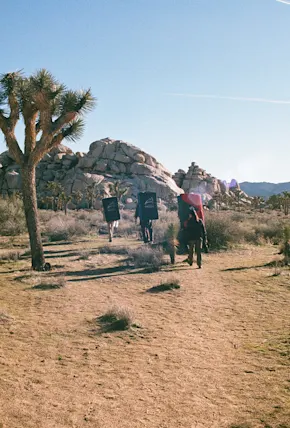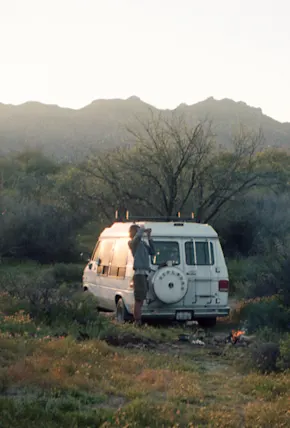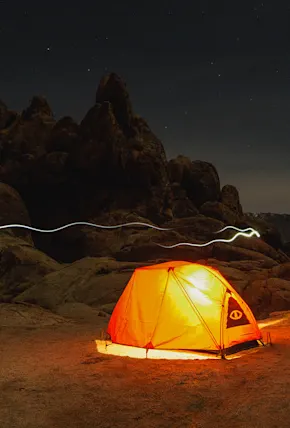words and images by Ethan Covey
“Heyduke Lives!” read a scrawl of graffiti scratched onto a bathroom wall at the Hite Marina campground in Southeastern Utah.
George Heyduke, the protagonist of Edward Abbey’s The Monkey Wrench Gang, looms large in the Utah desert. Even 40 years following the novel’s publication, which follows a group of environmentalist protesters who undertake a campaign of sabotage against polluters destroying the Southwestern desert, the character still resonates.
Some months ago I found myself in in Utah on the path of Heyduke, exploring and photographing the very landscape he and his compatriots sought to protect.
For a week I was alone and happy, losing myself on dirt tracks and twists of highway, shooting film. My route followed a lazy loop, from Salt Lake City southeast through Goblin Valley and Hanksville, east to Blanding and north through Moab and Green River. Yet, it feels odd to define the trip by the towns I passed, when mostly I was nowhere out amongst the mesas and canyons. Or was it everywhere?
“The desert speaks with many tongues, some forked,” Heyduke observed of his beloved lands. Here are a few.















